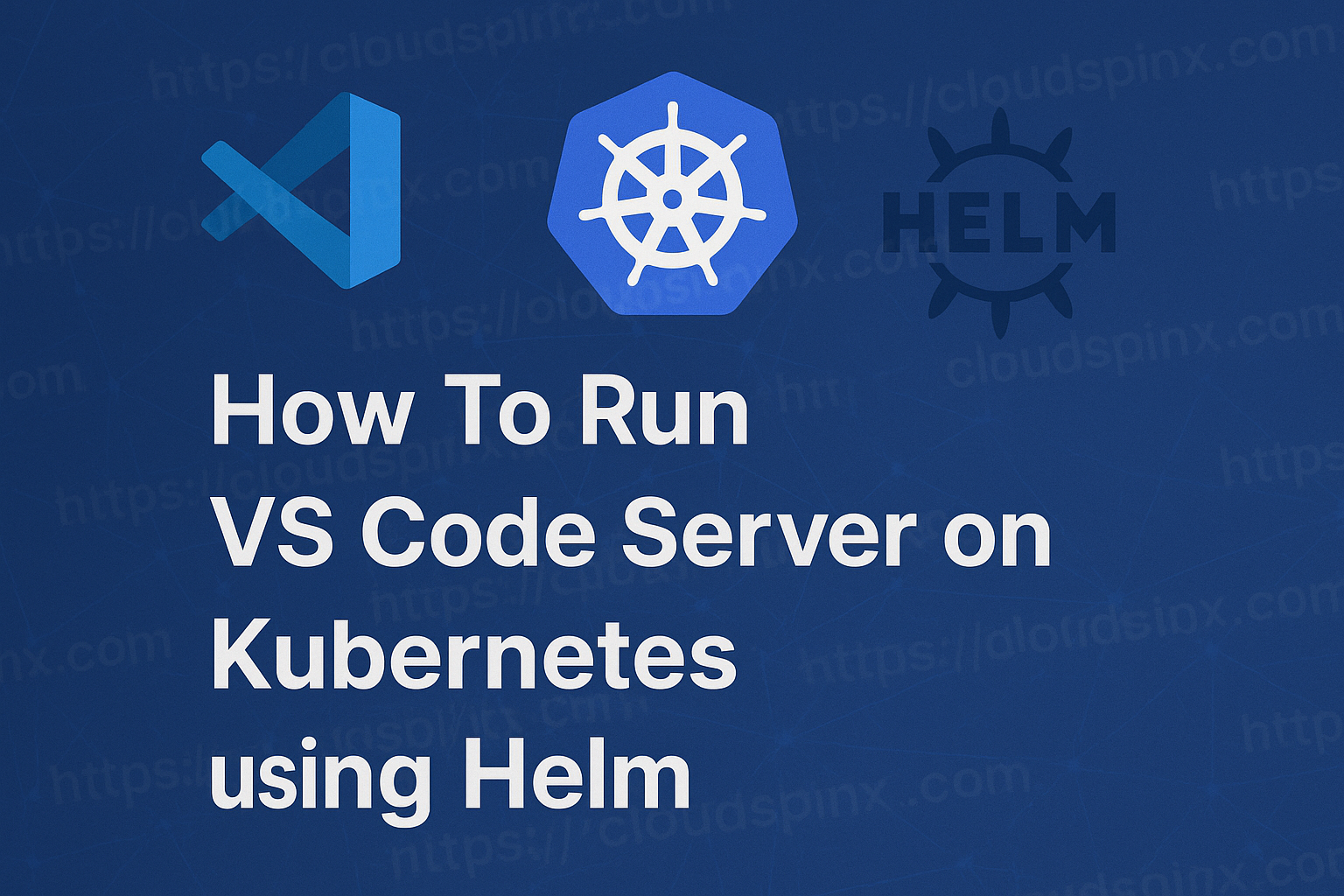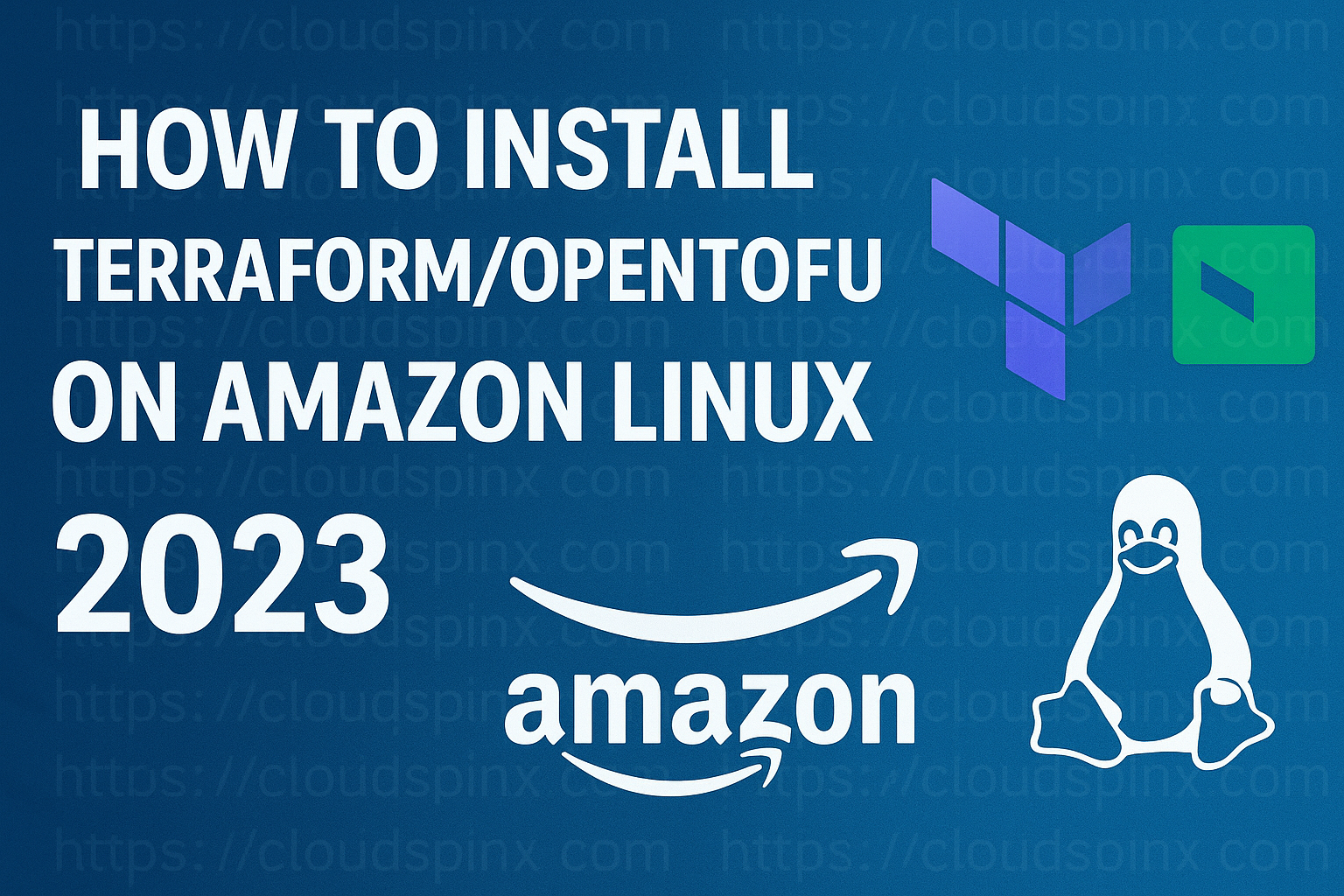guestfish is an interactive CLI tool that allows you to access guest virtual machine file systems. It provides a set of utilities useful in the VM image managment including tasks like inspection of the filesystem, and editing files without needing to boot the VM.
This quick guide is featured in Mastering KVM Virtualization. Explore deeper with the full eBook from CloudSpinx. Read it here.
Don’t perform any modifications in a live instance but it must be stopped.
sudo virsh shutdown <instance-name>Locate VM image path using the following command
virsh dumpxml <vm-name> | egrep "source file"guestfish common options:
-a or --add– Used to specify the virtual machine disk image you want to interact with.-d– Access a guest virtual machine by name. List VMs usingvirsh list --all-r or --ro– Opens guest disk image in read-only mode. With this no changes are made to the image during the session.-w or --rw– Opens guest disk image in read-write mode, allowing you to make modifications to the file system.-i or --init– This initialized the guest image and automatically mounts all partitions in the image.-m or --mount– Counts a specific partition or device inside the guest image. The argument passed isdev[:mnt[:opts[:fstype]]].
1 – Open VM Image as read-only
The guest image will be opened in read-only, which is a more safe mode that doesn’t allow write access. There are two ways in which you can access virtual machine:
# Using direct VM image path
sudo guestfish --ro -i -a /path/to/disk/image
# Or using VM name
sudo guestfish --ro -i -d <vm-name>2 – Open VM image as read-write
The disk image will be opened in read-write mode, allowing you to make changes to the file system.
# Using direct VM image path
sudo guestfish --rw -i -a /path/to/disk/image
# Or using VM name
sudo guestfish --rw -i -d <vm-name>Where /path/to/disk/image is the actual path to the disk image. It can ve a file, a host physical machine logical volume (such as /dev/VG/LV), or a SAN LUN (/dev/sdf3).
After starting guestfish shell, it will display this prompt:
Welcome to guestfish, the guest filesystem shell for
editing virtual machine filesystems and disk images.
Type: ‘help’ for help on commands
‘man’ to read the manual
‘quit’ to quit the shell
Operating system: 12.8
/dev/sda1 mounted on /
><fs> manList all available commands in the shell by running:
help --listIt’s also possible to add network block devices using a URI-style format:
guestfish -a ssh://[email protected]/vmdisk.qcow2The equivalent command using the API directly is:
><fs> add /vmdisk.qcow2 protocol:ssh server:tcp:192.168.1.12 username:root3 – List all block devices
Get a list of block devices attached to the VM using list-devices command. This will return full block device names.
><fs> list-devices
/dev/sda
/dev/sdb4 – List file systems found by libguestfs
Get a list of filesystems and their type using list_filesystems command. It will look for filesystems on partitions, block devices and logical volumes and map to the filesystem type.
><fs> list_filesystems
/dev/sdb: iso9660
/dev/sda1: ext4
/dev/sda14: unknown
/dev/sda15: vfat5 – List LVM devices
List LVM physical volumes, volumes groups, and logical volumes detected
pvs
vgs
lvs6 – Get command usage help
Get more information and help on a specific command using help:
help <command>
# Example
help lvs7 – List directory contents
List contents in a directory using lsand ll commands:
ls /etc
ll /varUnlike standard shells, there is no concept of current working directory. You cannot use commands like
cdto navigate between directories. All paths must be fully qualified, starting from the root with a forward slash (/). You can use the Tab key for path auto-completion.
8 – List the contents of a file
Display the contents of a file, for example /etc/os-release
><fs> cat /etc/os-release
PRETTY_NAME="Debian GNU/Linux 12 (bookworm)"
NAME="Debian GNU/Linux"
VERSION_ID="12"
VERSION="12 (bookworm)"
VERSION_CODENAME=bookworm
ID=debian
HOME_URL="https://www.debian.org/"
SUPPORT_URL="https://www.debian.org/support"
BUG_REPORT_URL="https://bugs.debian.org/"9 – Download file / directories and store locally
Download a file to the local machine using downloadand directories using copy-out
- Copy file to local directory
download remotefilename filename
# Example
download /etc/os-release os-release.txt- Copying out whole directories from a disk image:
><fs> copy-out /home /tmp/home10 – Pack directory contents using tar and download
Pack the contents of a directory and download as tarfile to the local machine. This example packs contents of /etc directory and save as etc.tar:
tar-out /etc etc.tarThe optional compress flag controls compression:
tar-out /var/log /tmp/guest-logs.gz compress:gzipIf you exit guestfish shell, the tarfile can be uncompressed using tar -xvf:
><fs> exit
><fs> ls /tmp/guest-logs.gz
$ tar xvf /tmp/guest-logs.gz
./
./unattended-upgrades/
./unattended-upgrades/unattended-upgrades-shutdown.log
./runit/
./runit/ssh/
./private/
./README
./journal/11 – Mount guest disk
You can mount a guest disk at a position in the filesystem
><fs> list-filesystems
/dev/sda1: ext4
/dev/vg_guest/lv_root: ext4
/dev/vg_guest/lv_swap: swap
><fs> mount /dev/vg_guest/lv_root /
><fs> cat /etc/fstab
><fs> exit12 – Upload file from local machine
Use the upload command to push local file to the guest filesystem. The synopsis for this is:
upload <local-filename> <remote-filename>In the following example we are uploading a file in current host working directory to guest instance under /root.
><fs> upload teamviewer_amd64.deb /root/teamviewer_amd64.deb13 – Edit files
Use edit command to edit a file. It downloads the file, edits it locally using your editor, then uploads the result.
><fs> edit /etc/fstabTo edit files, you can use commands like edit, vi, or emacs. For creating files and directories, commands such as write, mkdir, upload, and tar-in are available.
14 – Create / delete directories
Use mkdir command to create a directory
><fs> mkdir /tmp/filesTo delete a directory use
><fs> rmdir /tmp/files15 – Unpack tarfile to directory
The following command uploads and unpacks local file tar file backups.tar.gz into directory /tmp
tar-in backups.tar.gz /tmp compress:gzip16 – Partitions / Filesystems management
You can perform advanced disk operations like formatting filesystems, creating partitions, and managing LVM logical volumes, using commands such as
mkfspart-addlvresizelvcreatevgcreatepvcreate- Exit fom the guestfish shell
exit
# OR
Ctrl+dGet the complete Mastering KVM Virtualization eBook to learn more about KVM.









